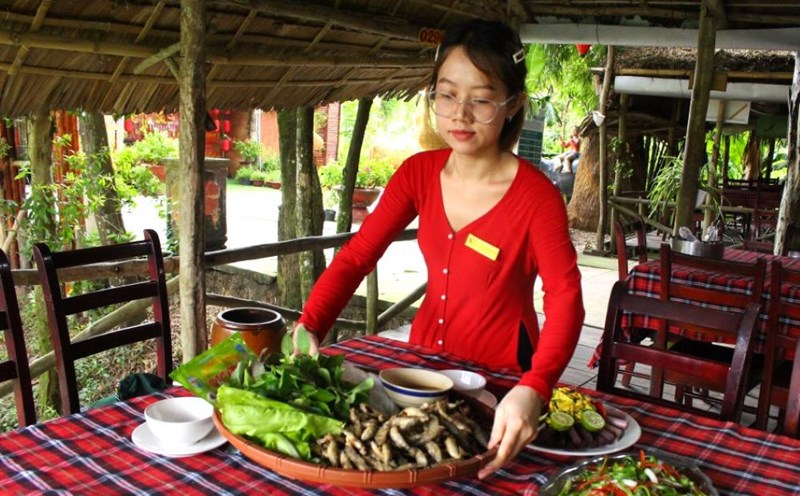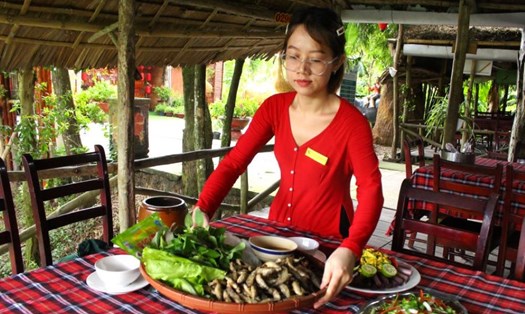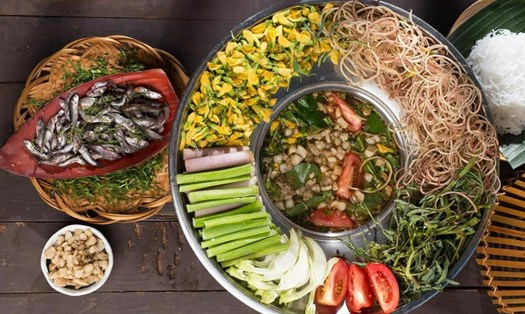Strange looking, strange sounding vegetable
Perhaps rau choai is the vegetable whose name and shape both arouse the most curiosity and interest in the list of vegetable relatives in the Mekong Delta. First of all, it is strange from the outside. Indeed, the shape of the choai plant is quite funny. The young shoots are red-brown, curved and tightly rolled in many circles, the lower stem is softly twisted like a spiral. As the young shoots develop, the circles gradually unroll and the leaves gradually turn green.
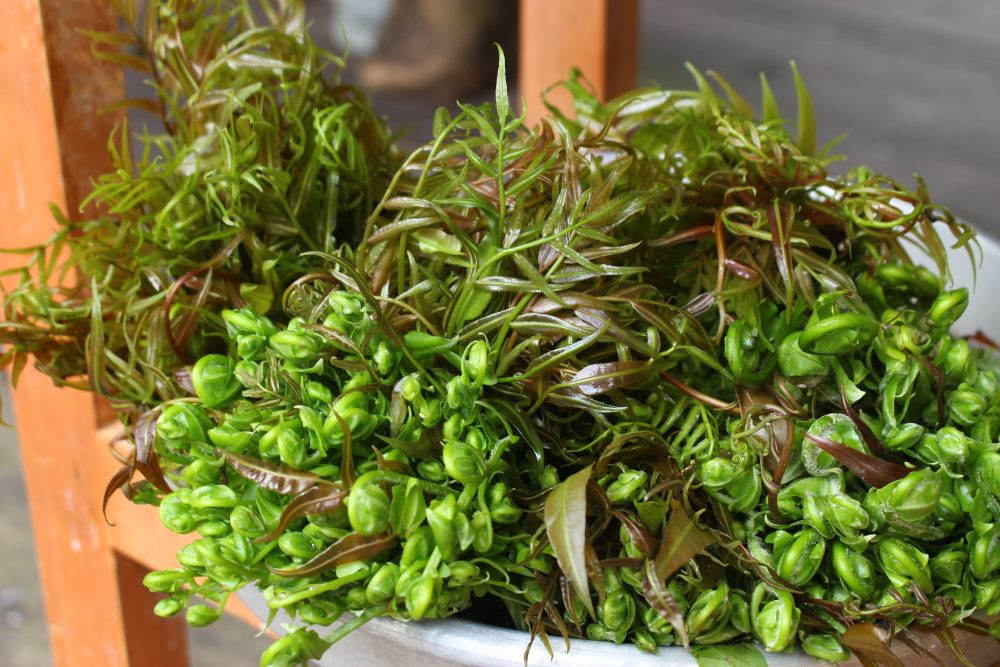
The Choai tree is a vine species, quite slender, but has the ability to climb high, reaching as far as many ancient famous trees. In the wetlands of Tra Su Melaleuca Forest (An Giang), U Minh Thuong (Kien Giang), in many places the Choai tree grows up to 15m - 20m long.
Contrary to its softness when young, when old, the stem of the choai vine is tough, flexible and very durable. In particular, this wild vegetable is water-resistant, so people in the West often use it to make ropes for fishing gear.
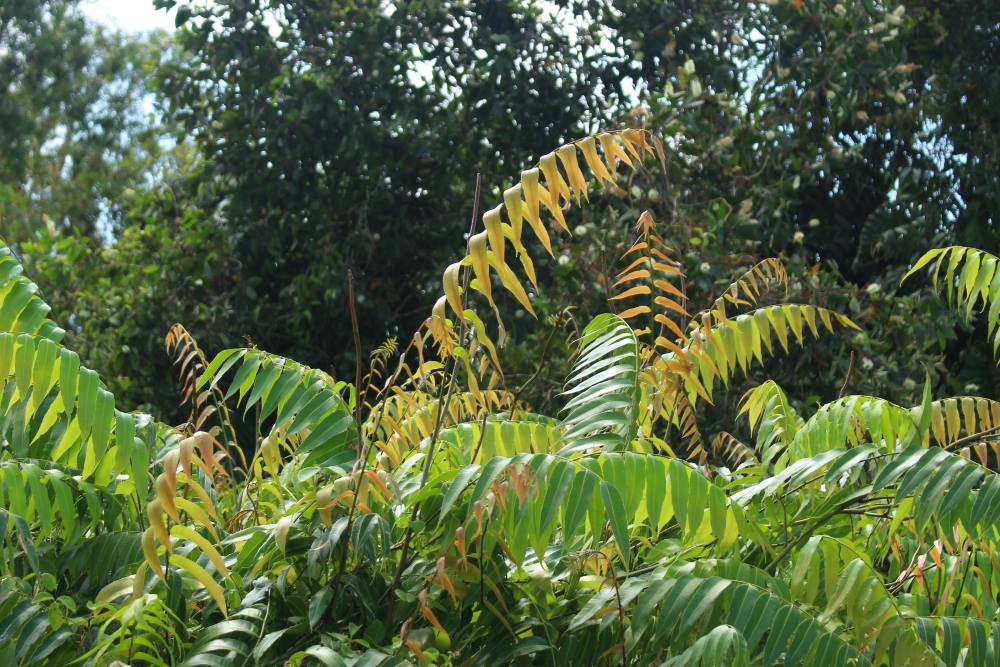
The Choai plant is also a vegetable with many special names. Until now, many people, including veteran Westerners, have not yet convincingly explained the meaning and origin of the word "Choai". In fact, this is the vegetable that is on the list of the most names in the Western community's speech, because sometimes it is called "chai", "trai", "chay"...
Because the shoots are used as vegetables, many places call them "rau choai" or "dot choai" to the point that they are considered proper nouns used to identify wild herbaceous plants growing in these wetlands.
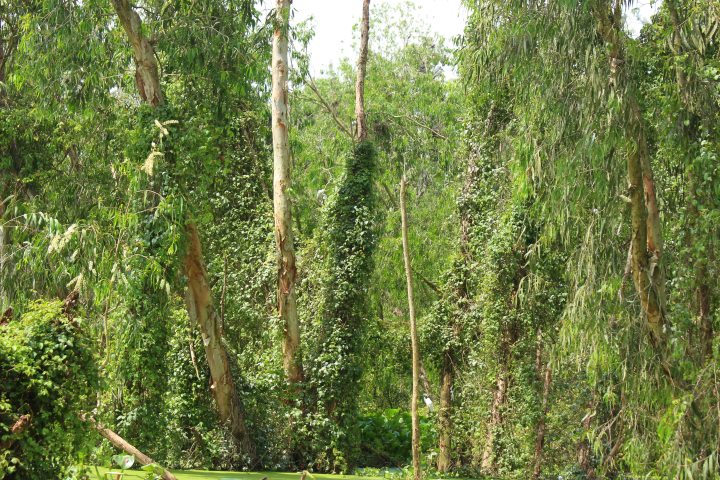
Delicious dishes of the river region
Choai shoots have the crunchiness of fresh vegetables, mixed with the aroma and smooth taste of okra and even better than okra because of their ability to adapt to many delicious cooking methods in the style of the Southwest region. That is why many folklore researchers have called choai shoots an ingredient with diverse adaptability in Western specialties. Not only eaten as raw vegetables, choai shoots can also be processed in many forms such as: boiled, stir-fried, or hot pot.
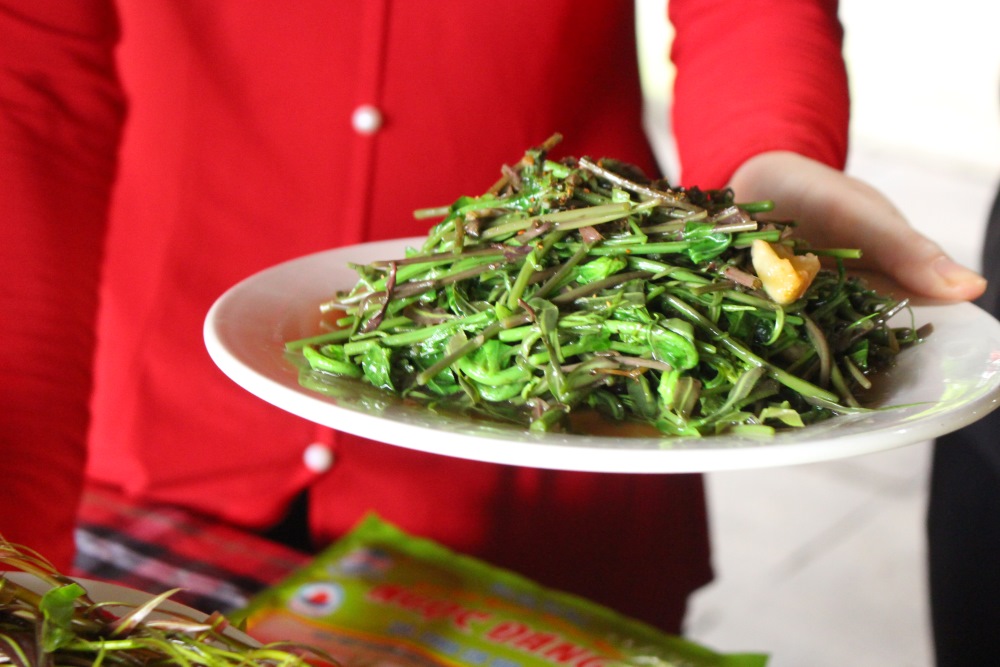
When boiled, the young shoots of the choai plant can be adapted to many dipping sauces such as soy sauce, fermented bean curd, or thick fish sauce. When stir-fried, the young shoots of the choai plant can be used as a standalone dish by stir-frying with garlic, or combined with shrimp… to create a specialty dish.
But perhaps many people know and love choai shoots the most when this vegetable is eaten with braised fish, or dipped in hot pots typical of the land such as braised fish sauce hot pot, sour soup... The flavor will bring sublime emotions to any diner who once enjoyed choai shoots with water lilies, dien dien dipped in braised linh fish with tamarind... Perhaps due to its adaptability, choai shoots have soon become a familiar image in the daily meals of people in the West.
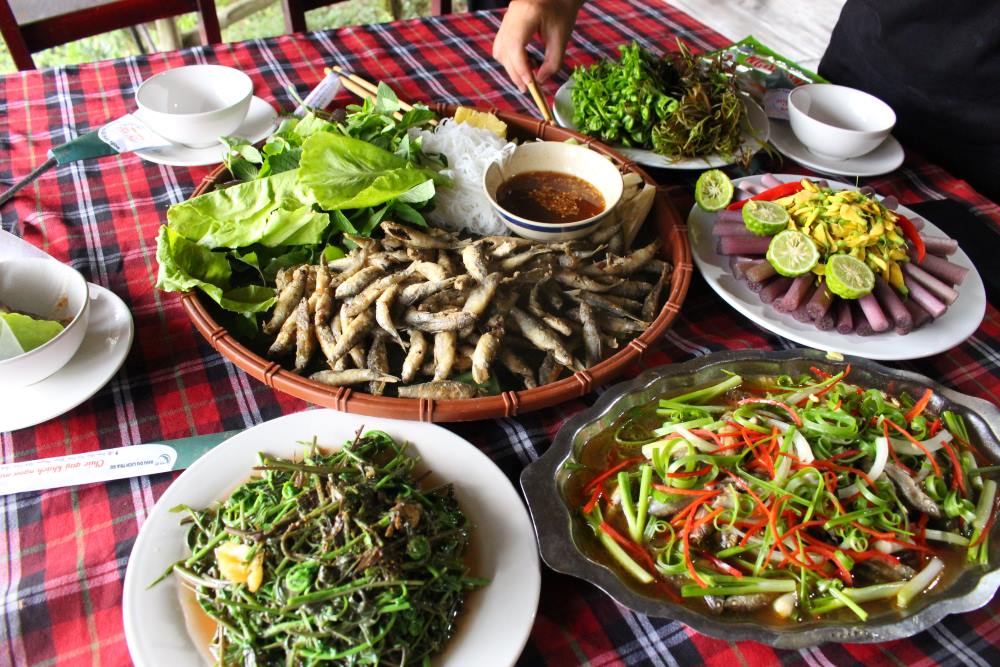
It is this simplicity but full of delicious and strange charm that makes people from far away eager to discover and experience the Choai bud. Grasping this trend, many luxury restaurants have included this wild plant in their list of specialties to serve. If you have the opportunity to visit the West, please try the Choai bud once to experience the culinary emotions... and then love and cherish the Southern land of the Fatherland even more.

